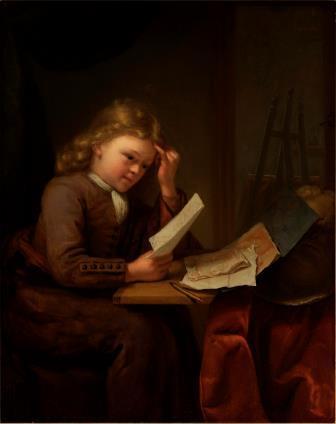Recommendation
In a letter dated 8 May 2015 the Minister of Education, Culture and Science (hereinafter referred to as the Minister) asked the Restitutions Committee (hereinafter referred to as the Committee) for advice about the application of 19 March 2015 from AA for the restitution of the following seven paintings, which are part of the Netherlands Art Property Collection (hereinafter referred to as the NK collection).
NK 1477 – A. van Beijeren, Ships near a River Mouth in Stormy Weather
NK 2825 – M. van Cleve I, Landscape with Peasants Milking Cows
NK 2070 – J. de Momper II, Rocky Landscape with Figures
NK 2532 – M. van Wttenbroeck, Forest Pool with Hermaphroditus and Salmacis
NK 2841 – P.F. Mola, Reading Monk in a Rocky Landscape
NK 2935 – G. Schalcken, A Young Draughtsman Sitting at a Table
NK 3052 – T. Verhaecht, Landscape with Moses and the Burning Bush
According to the Applicant the seven paintings were formerly owned by his great uncle J.H. Gosschalk (1875-1952), who lost possession of them during the Second World War involuntarily and as the result of the Nazi regime.
